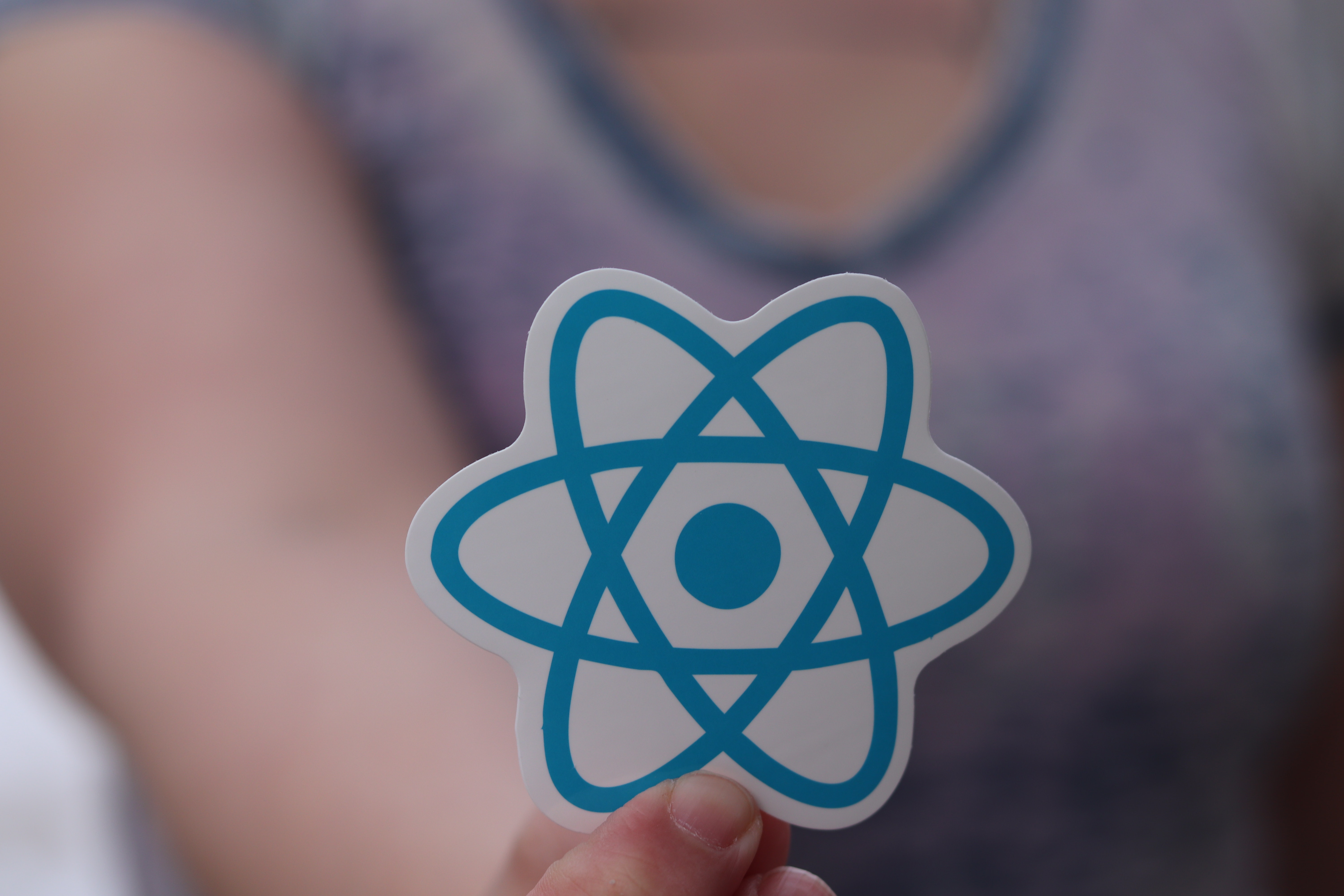
Learn ReactJS In The Easiest Way
ReactJS is a popular JavaScript library for building user interfaces. Developed and maintained by
Facebook,
it was first released in 2013 and has since become one of the most widely used libraries for
building web
applications. React is based on the concept of components, which are small, reusable pieces of code
that
represent a piece of the user interface.
One of the key benefits of React is its ability to update the user interface efficiently in response
to changes in data.
This is made possible by the React Virtual DOM, which is a lightweight in-memory representation of
the actual DOM.
When the data changes, React updates the Virtual DOM, and then calculates the minimum number of
updates required to
update the actual DOM. This results in a faster and more efficient user interface.
React also supports the development of complex user interfaces through its component-based
architecture.
Components can be combined to create more complex components, making it easier to build and manage
large-scale applications. React components are also reusable, so you can use them in multiple parts
of
your application, making it easier to maintain and update your code. React is a declarative library,
which means that you describe what you want your user interface to look like, and React takes care
of
the rest. This makes it easier to write and maintain your code, as well as to debug it. And because
React uses JavaScript, developers can use the full power of the language to build custom components
and interact with APIs.
Another advantage of React is its ability to handle the state of your application. In React, the
state
of your application is stored in a single object, which is passed to components as props. This makes
it
easy to manage the state of your application, as well as to share state between components. And
because
React is designed to work well with other libraries and frameworks, you can easily integrate it with
tools
such as Redux, a popular state management library. React is also highly performant, making it
well-suited
for building complex, data-driven user interfaces. React uses a concept called lazy rendering, which
means
that it only renders components that have changed, improving the overall performance of your
application.
And because React is optimized for performance, it is also a great choice for building applications
that
need to handle large amounts of data or real-time updates.
React has a large and active developer community, with many resources available to help you get
started
quickly. There are many third-party libraries available for React, making it easier to add
functionality
to your application. And because React is open-source, you can contribute to the development of the
library
and participate in the community. In conclusion, ReactJS is a powerful and efficient library for
building
user interfaces. Its component-based architecture and efficient updates make it well-suited for
building
complex, data-driven applications. And its ease of use and large developer community make it a
popular
choice for web development. Whether you are building a simple website or a complex web application,
ReactJS is a great choice for your next project.
